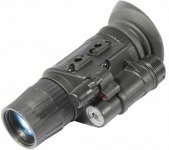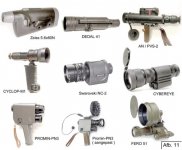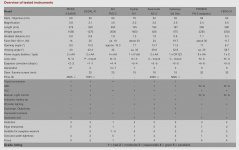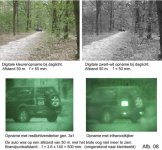its_me_123
New member
Hi there,
I will be going on a night safari on a holiday and will be looking out for some animals and birds. The light will be getting dark/very dark.
I would like to get some night vision binoculars and would like some advice on which ones to get.
Please can anyone tell me what low light vision means?
I have seen these:
https://www.amazon.co.uk/Binoculars...teway&sprefix=night+vision+mo,aps,192&sr=8-25
Do you think these are good enough to see at night or should I be looking at more expensive ones?
Thanks!
I will be going on a night safari on a holiday and will be looking out for some animals and birds. The light will be getting dark/very dark.
I would like to get some night vision binoculars and would like some advice on which ones to get.
Please can anyone tell me what low light vision means?
I have seen these:
https://www.amazon.co.uk/Binoculars...teway&sprefix=night+vision+mo,aps,192&sr=8-25
Do you think these are good enough to see at night or should I be looking at more expensive ones?
Thanks!










